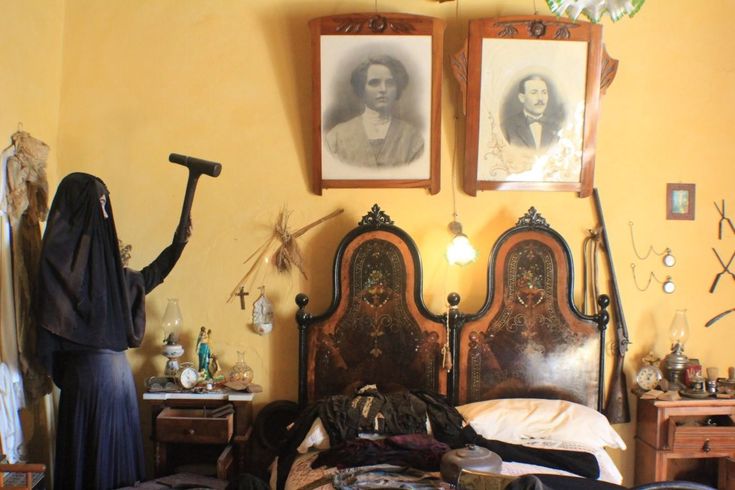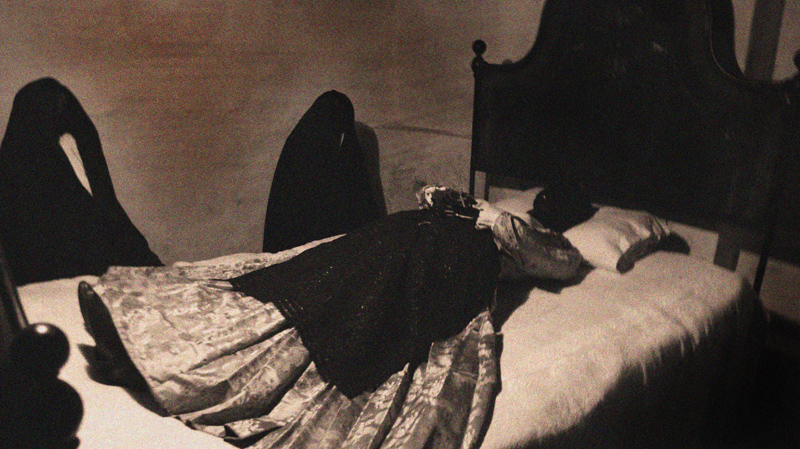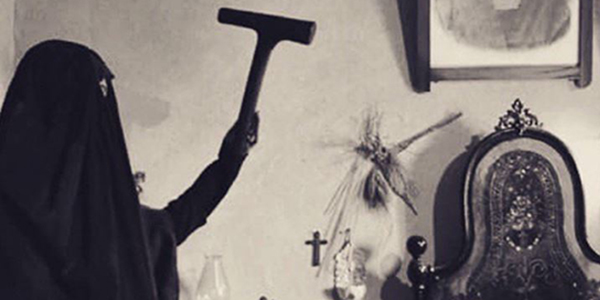
11 Aug The ‘Femina Agabbadòra’ – Between Legend and Reality in Gallura
The term ‘femina agabbadòra’ derives from the Sardinian ‘s’acabbu’ (‘the end’) or from the Spanish ‘acabar’ (‘to end’). In Sardinian, it denotes a woman who took it upon herself to bring death to people of any age whose conditions were so critical that they or their family asked for it. The existence of such a figure is not historically proven, and there is no evidence of such a practice, which allegedly occurred in some Sardinian regions like Marghine, Planargia, and Gallura. No compensation was required from the family members, as paying for helping people die was against religious and superstitious beliefs.

According to legend, the femina agabbadòra used different killing methods depending on the place: she entered the dying person’s room wearing black clothes and with her face hidden and suffocated them with a pillow, used an olive wood club (‘su matzolu’) to hit them with a single sharp blow on their forehead or the back of their head, or chocked them by putting their neck between her legs.

Some anthropologists believe that the femina agabbadòra never existed. There is no proof of the existence of the femina agabbadòra as such, but there is evidence of women who brought comfort to families, accompanying dying people until their very last moment. They eased agony and offered support, which is why they were respected by the whole community, but they did not kill according to some researchers.


